
A Class ABC Fire Extinguisher, Capacity 4Kg, Rs 1200 /piece Shree Sai Enterprises ID 23135671012
The NFPA requires the following inspections and testing procedures on standard ABC fire extinguishers: Monthly, visual self-inspections on all fire extinguishers in your facility. Annual inspections on all fire extinguishers, performed by a certified technician. 6-year maintenance and recharge on all fire extinguishers, performed by a certified.
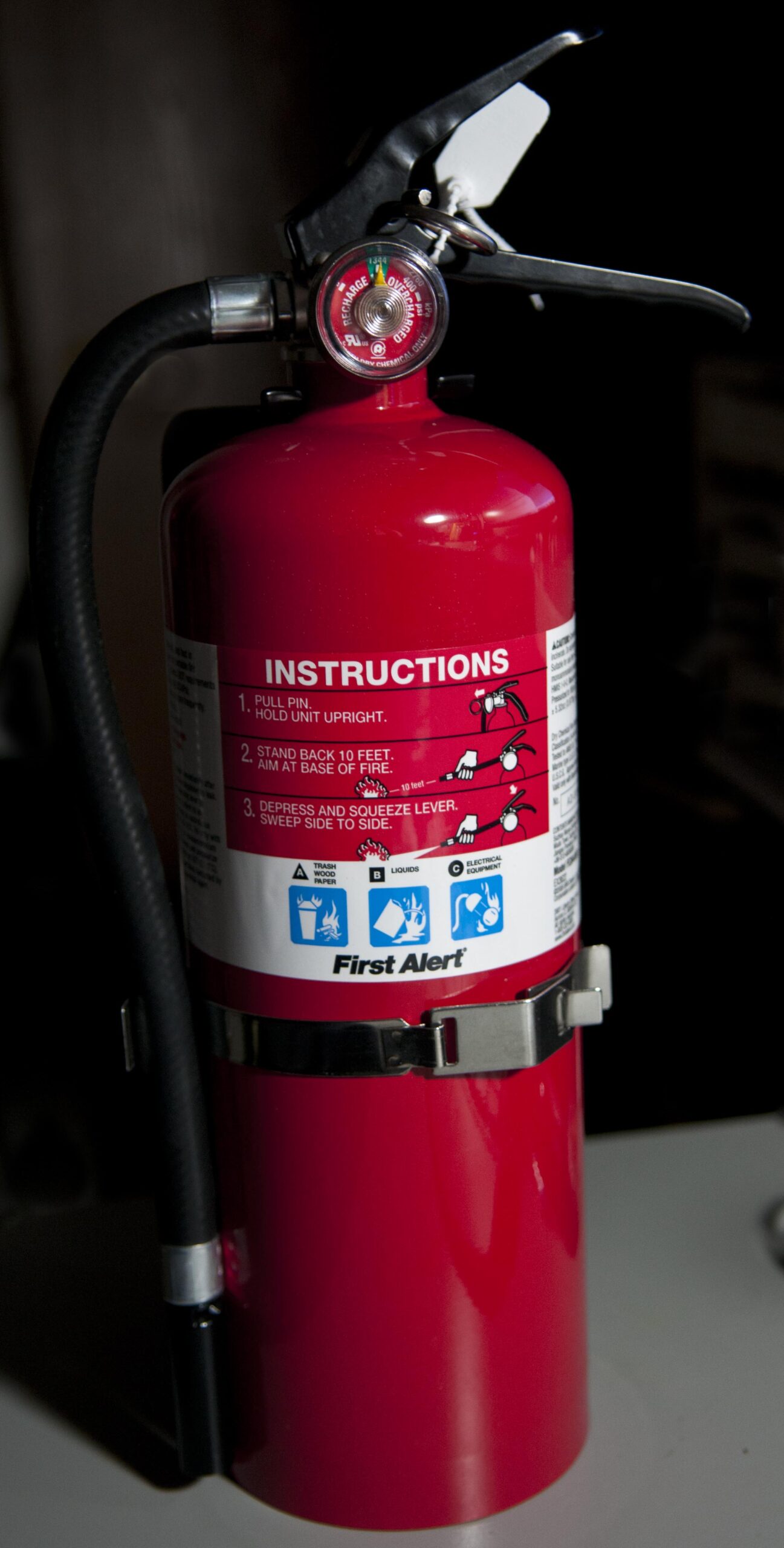
What Type of Fire Extinguisher Do You need? PREPAREDNESS ADVICE
Fire Systems, Inc. delivers, inspects, maintains, tests, and repairs all types of fire extinguishers. Fire extinguisher training: portable fire extinguishers are used to smother hundreds of unexpected fires every day, and NFPA 10 standards require all fire extinguishers in the workplace to be inspected, tested, and maintained.
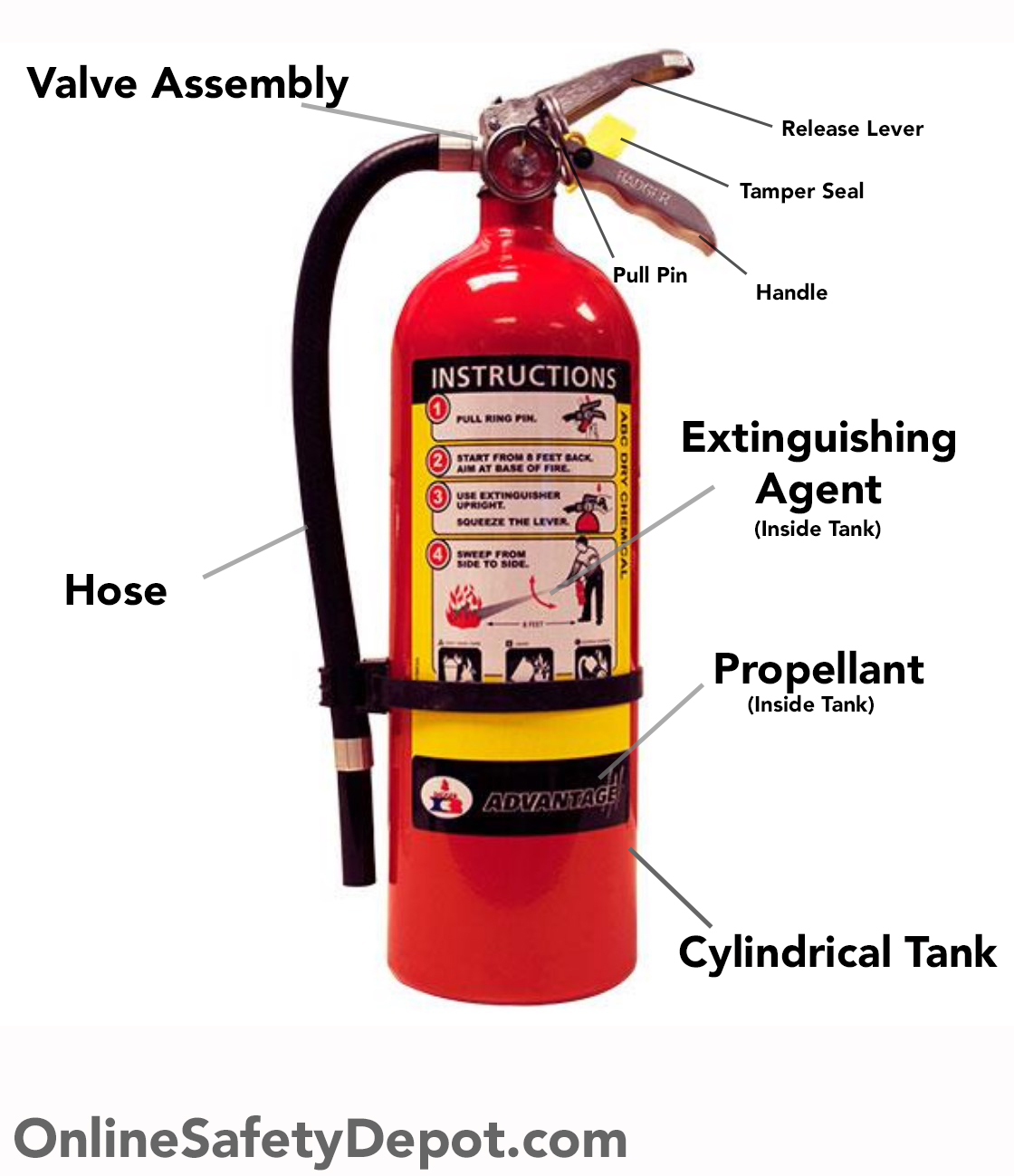
a fire extinguisher free delivery and returns
Basic Fire Extinguisher Selection, Numbers and Location 1. For each area, determine the hazard classification using the definitions below. Light (low) Hazard: Light hazard occupancies are locations where the total amount of Class A combustible materials, including furnishings, decorations, and contents, is of minor quantity.

Universal Fire and Security Fire Extinguishers Explained
AIM the fire extinguisher's nozzle at the base of the fire. You should be standing far enough from the fire to not be in immediate danger from it, but not so far that the extinguisher will be.
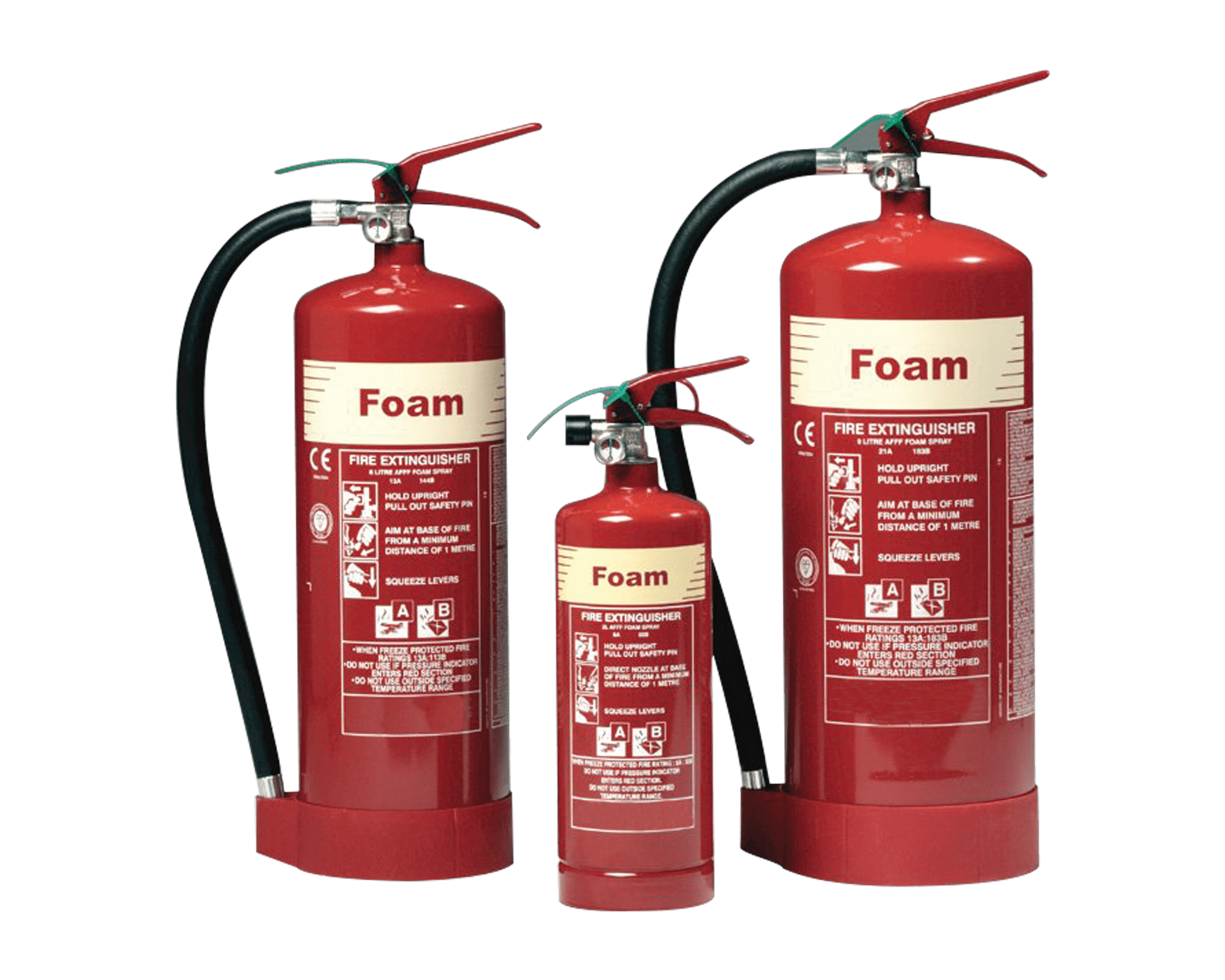
Lithium L2 and M28 Protec Powder Extinguishers Protec Fire and Security Group Ltd
The letters on a fire extinguisher's label indicate which classes of fire it can effectively fight. For example, an extinguisher marked "1 A :1 B: C " could extinguish Class A, Class B, and Class C fires—if it's big enough to tackle the blaze. That's where numbers come in. The numbers preceding the letters on the label indicate just.
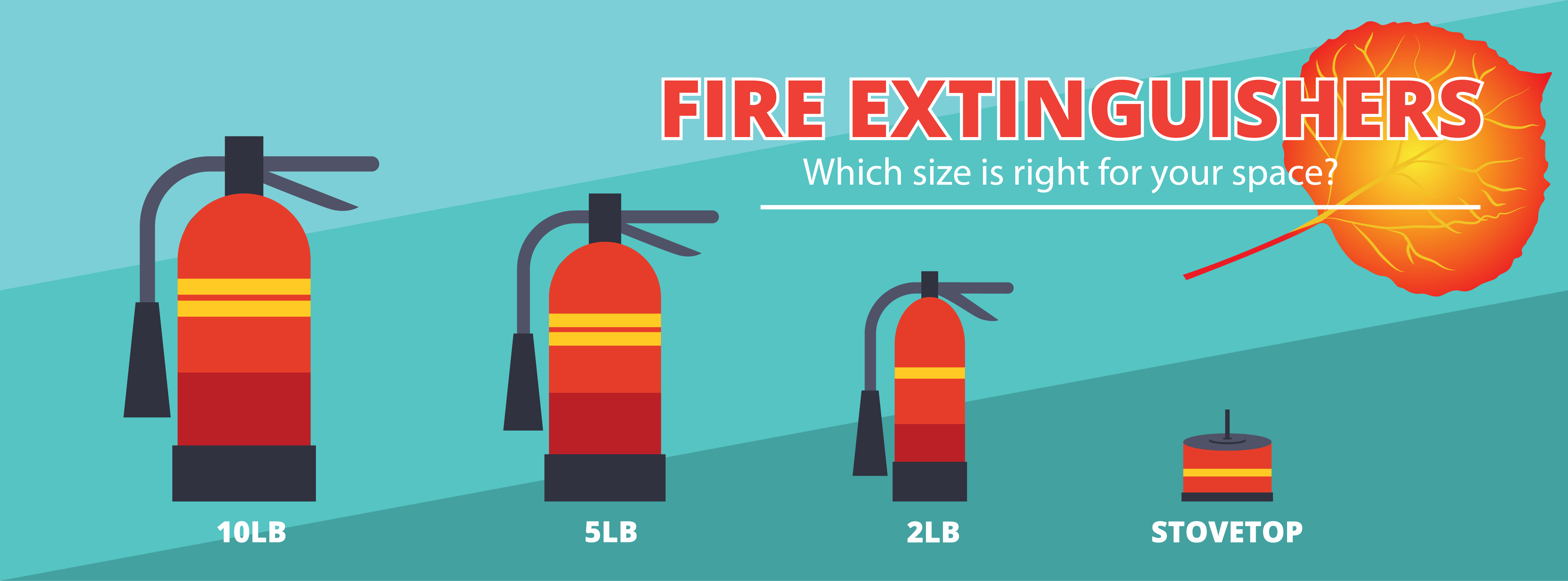
Fire Extinguishers Which size is right for your space?
Hold the extinguisher with the nozzle pointing away from you and release the locking mechanism. A im low. Point the extinguisher at the base of the fire. S queeze the lever slowly and evenly. S weep the nozzle from side-to-side. Educate on the importance of fire extinguisher maintenance. Remind community residents to check fire extinguishers for:
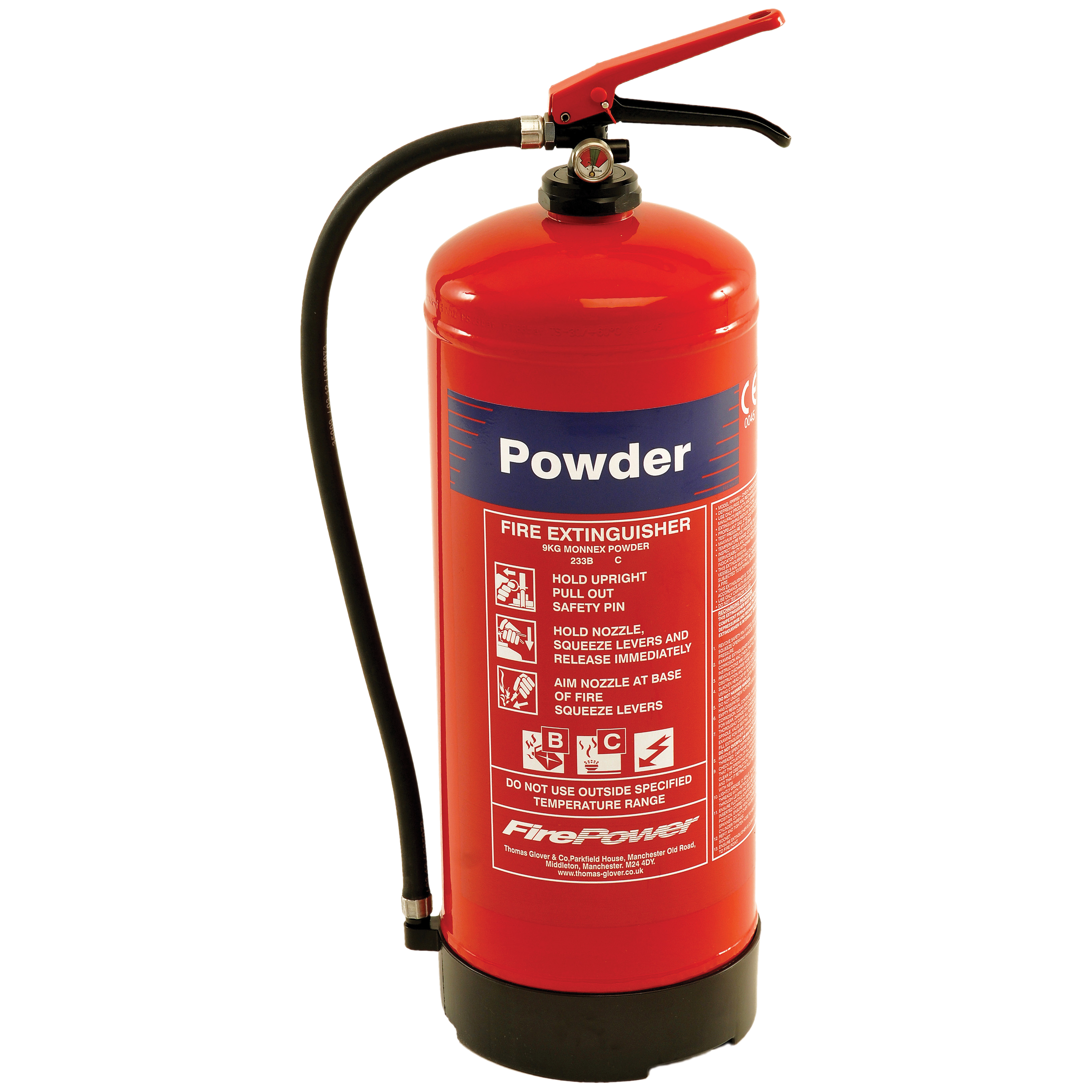
Fire extinguisher PNG transparent image download, size 2330x2330px
An ABC fire extinguisher is made mostly for consumer use to put out fires from flammable combustibles, gases, liquids, and minor electrical fires. The ABC stands for the three classes of fires the extinguisher is designed to put out. It's important that at least one family member in your home, and multiple people in your office, know how to.

A Class 2 Kg ABC Fire Extinguisher, Rs 900 /piece Sai Ram Fire Protection ID 23221187848
Proper use of a fire extinguisher in an emergency is key to extinguishing or containing a fire until emergency services arrive on the scene. To learn how to use a fire extinguisher, follow the steps below. PULL out the safety pin.; AIM the nozzle or hose at the base of the fire from the recommended safe distance specified on the extinguisher tank.; SQUEEZE down on the operating lever to.

Amerex 5lb ABC Dry Chemical Fire Extinguisher Fire and Safety Plus
Which fire extinguisher types to use. Class A fire extinguisher - water, water mist, foam, dry powder, wet chemical. Class B fire extinguisher - water mist, foam, dry powder, CO2, some wet chemical. Class C fire extinguisher - water mist, dry powder. Class D fire extinguisher - specialist dry powder.
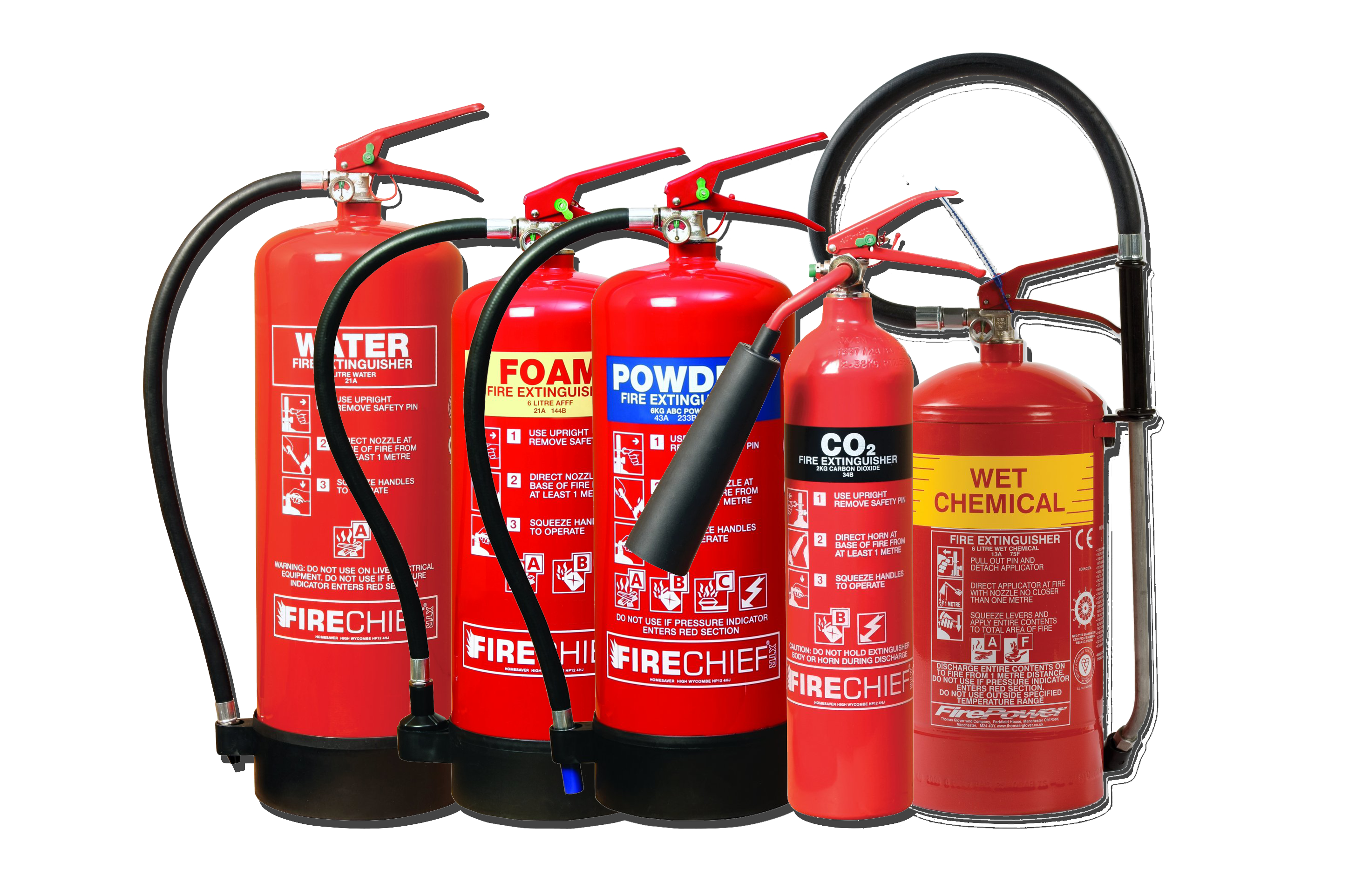
Extinguisher PNG transparent image download, size 2925x1925px
How to Properly Use and Discharge a Fire Extinguisher: Pull, Aim, Squeeze, Sweep (PASS) Step One: Pull the safety pin. Step Two: Aim the extinguisher's nozzle at the base of the flames. Step Three: Squeeze the handle. Step Four: Sweep the nozzle from side to side while ensuring you are still aiming at the base of the flames.

Cara mengecek APAR dan kelayakannya VINCI Fire Protection
This type of extinguisher is filled with Carbon Dioxide (CO 2), a non-flammable gas under extreme pressure. These extinguishers put out fires by displacing oxygen, or taking away the oxygen element of the fire triangle. Because of its high pressure, when you use this extinguisher pieces of dry ice shoot from the horn, which also has a cooling.
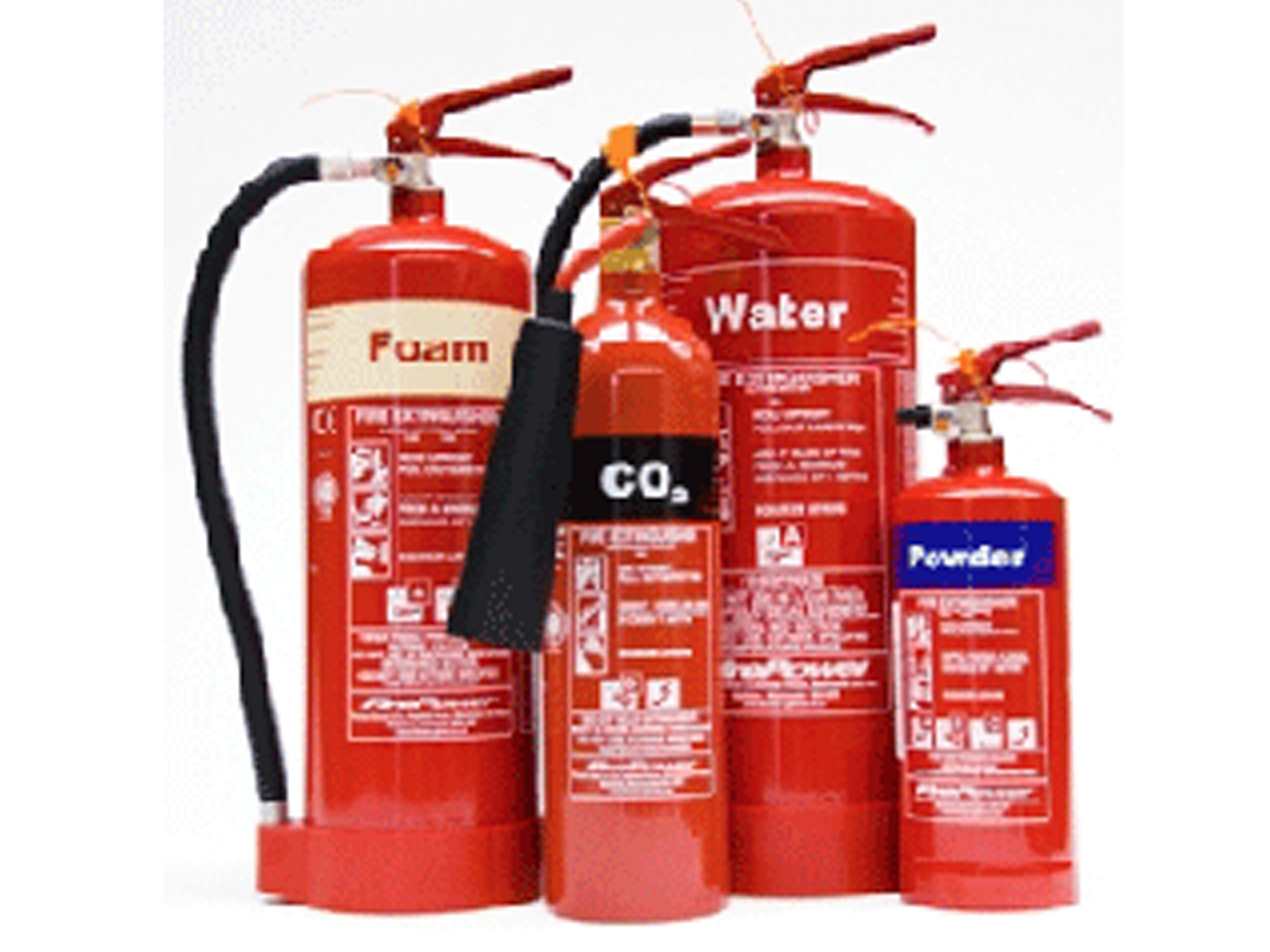
Herregård Extinguisher
firebomb. firebox. firebrand. firebug. firecracker. Terjemahan lebih lanjut di kamus bahasa Indonesia-bahasa Inggris oleh bab.la. Terjemahan untuk 'fire extinguisher' dalam kamus bahasa Indonesia gratis dan banyak terjemahan bahasa Indonesia lainnya.

Fire Extinguisher Placement All You Need To Know (2021)
A stored-pressure fire extinguisher made by Amerex. A fire extinguisher is a handheld active fire protection device usually filled with a dry or wet chemical used to extinguish or control small fires, often in emergencies. It is not intended for use on an out-of-control fire, such as one which has reached the ceiling, endangers the user (i.e., no escape route, smoke, explosion hazard, etc.

Water Type Fire Extinguisher Artinya Adalah? Apa? Dalam Glosarium
These extinguishers put out a fire with a foam that separates the fuel from oxygen in A fires and also interrupts the chemical reaction of fire in A, B or C fires. Identification: Blue-colored label that says "DRY CHEM," "ABC" or "BC.". Used for: Class A, B or C fires, depending on the label.
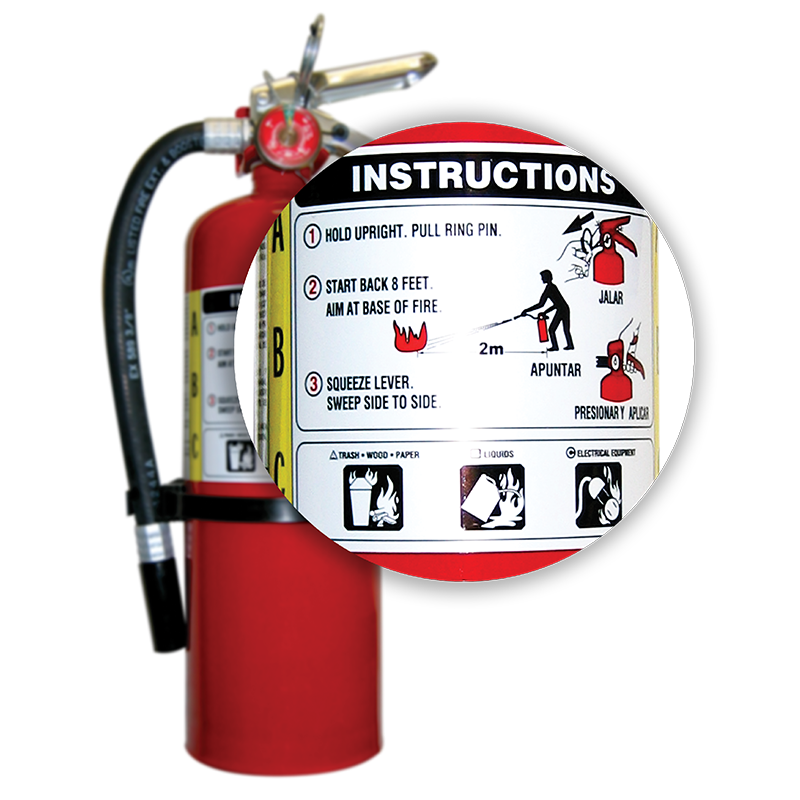
FireExtinguisherInstructions Koorsen Fire & Security
Choose the Right Fire Extinguisher Type. Different types of fires require different classes of extinguishers. To add to the confusion, there are different extinguishing agents in the extinguisher to put out the fire. With so many options, it can be overwhelming! Element is a multipurpose fire extinguisher that fights A, B, C & K classes of fire.
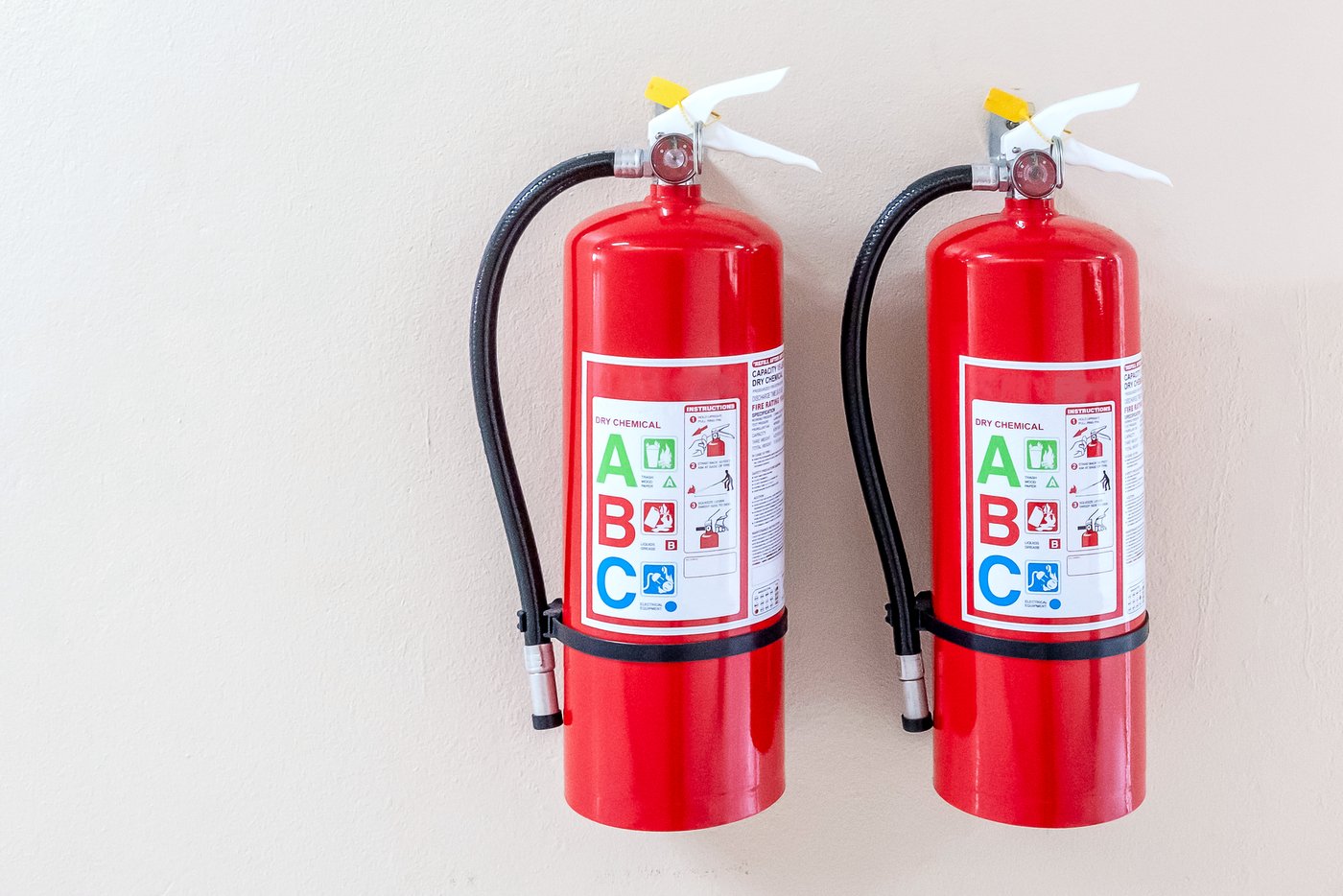
How do you use a fire extinguisher?
Carbon Dioxide (Co2) Fire Extinguishers are used for class B flammable liquids fires as well as Class C Electrical fires as they are electrically non-conductive. Carbon Dioxide is a clean, non-contaminating, odorless gas. Class B: Flammable Liquids-Gasoline, oil, grease, acetone (includes flammable gases). Class C: Electrical Fires, Energized.